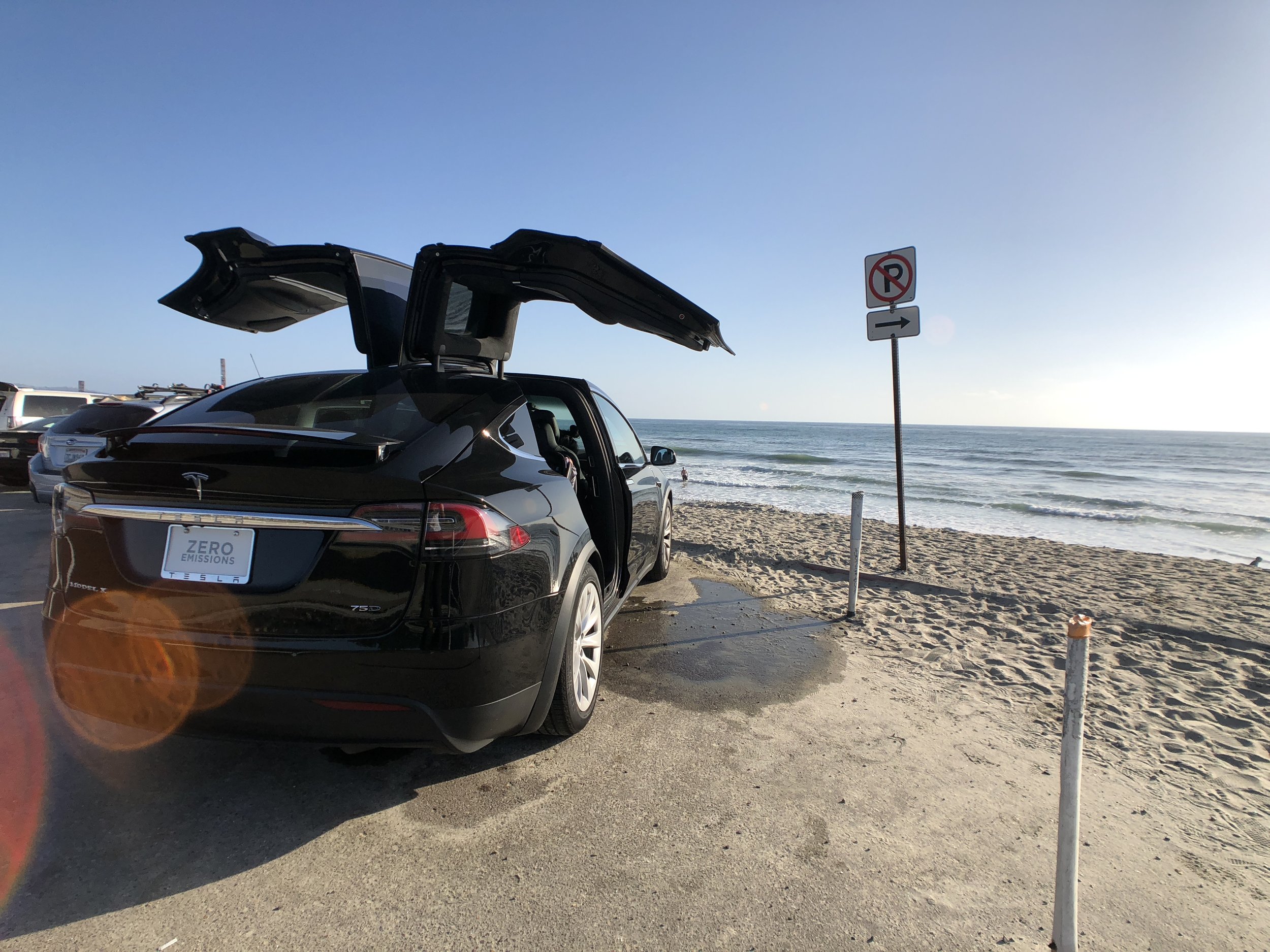The Kona is the Answer to Going 100% Electric →
Let me see how I can wrap up the Hyundai Kona EV in one sentence: Why would anyone buy a gasoline daily driver when you can get a fun and roomy electric vehicle with 258 miles of range at a fairly affordable price?
The Hyundai Kona EV is fun to drive, has 201 hp (150 kW) of power, and has a copious 291 lbf⋅ft of torque. This EV should replace just about any daily gasoline commuter. Hyundai does a great job packaging the Kona EV very well. It includes standard wireless phone charging and great driving features. Starting at $36,450 before incentives, there are the base SEL, Limited, and Ultimate trim — all have a 64 kWh pack. This EV can come down to about $30,000 after the $7,500 US federal tax credit for EVs, depending on your taxable income.
I’ll admit, the only hold back I have with any vehicle outside of Tesla is the charging infrastructure. But if you’re going to charge at home every night, this is it!
